NMN and NAD Reverse Aging of Blood Vessels in New Study
Harvard professor Dr. David Sinclair reports that the NAD boosting NMN compound reverses aging in blood vessels and restores muscle strength in a new study published March 22nd. [This article first appeared on LongevityFacts. Author: Brady Hartman. ]
Using the NAD boosting molecule NMN, Dr. David Sinclair’s team reversed blood vessel and muscle aging in mice, while boosting their exercise endurance. As Dr. Sinclair says
“We’ve discovered a way to reverse vascular aging by boosting the presence of naturally occurring molecules in the body that augment the physiological response to exercise” adding “The approach stimulates blood vessel growth and boosts stamina and endurance in mice and sets the stage for therapies in humans to address the spectrum of diseases that arise from vascular aging.”
The team says the achievement paves the way for similar therapies for humans and published the results of their study on March 22 in the journal Cell.
David A. Sinclair, Ph.D. is best known for his research on the NAD molecule and its role in increasing health in aging bodies. Dr. Sinclair is a professor in the Department of Genetics and a Co-Director of the Paul F. Glenn Laboratories for the Biological Mechanisms of Aging at Harvard Medical School (HMS) as well as a Professor at the University of New South Wales, Sydney.
In a video accompanying the new study, published by Harvard News, Dr. David Sinclair describes the compound NMN boosts levels of NAD in the bodies of aging mice, and how that restores muscle function.
Vascular aging leads to a deterioration in many organs and tissues throughout the human body, as Dr. David Sinclair says:
“As we age, the tiniest blood vessels in our bodies wither and die, reducing the blood flow to organs and tissues. Vascular aging causes many diseases — cardiovascular, neurological, muscle wasting, frailty, and even aging. Here at Harvard Medical School, we’ve reversed the process in mice, setting the stage for radical new therapies to help people. The new study has unraveled the cascade of interactions between blood vessels and muscles. “
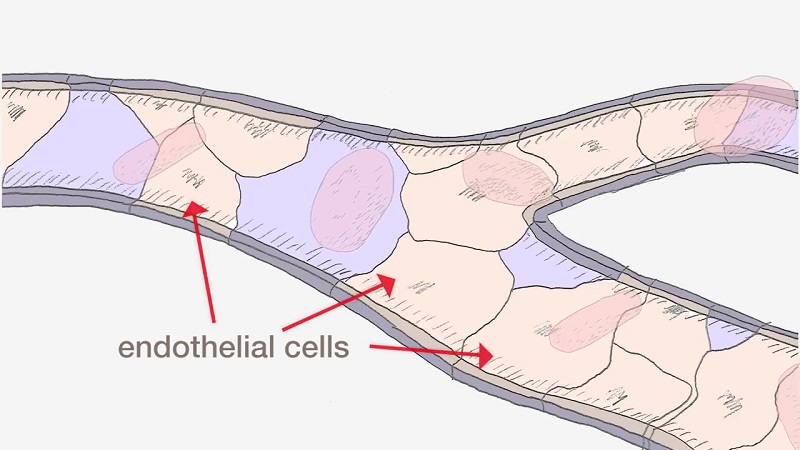
Dr. David Sinclair also describes the how aging of the cells lining our blood vessels leads to a decline in our vascular systems and muscles, saying:
“Endothelial cells, which line the walls of blood vessels, are essential for the health and growth of the vessels. And as endothelial cells age, blood vessels begin to atrophy and die. Blood flow to many parts of the body diminishes, organs and tissues begin to function less well. Blood vessel demise hits muscles especially hard because muscles rely on a robust blood supply for their function. This process can be slowed down with regular exercise, but only up to a point. Over time, even exercise fails to stave off blood vessel demise and muscle loss. “
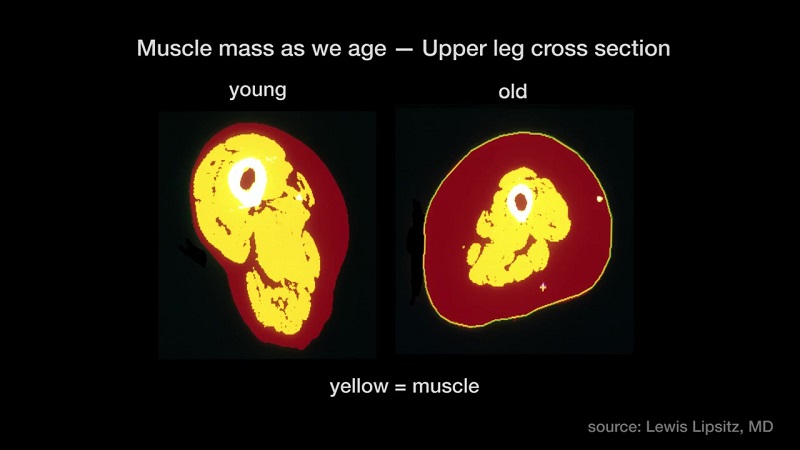
The new study suggests that this loss of blood flow is a key driver behind age-related muscle loss and frailty. Even if we exercise, our muscles shrink as we get older, as Dr. David Sinclair says
“The new findings have cracked the mystery behind this process. As our blood vessels age, they become deaf to the signals from exercise muscles. This actually leads to the muscles shrinking as we get older, and therefore we’re less able to exercise and grow new blood vessels. A vicious cycle indeed. “
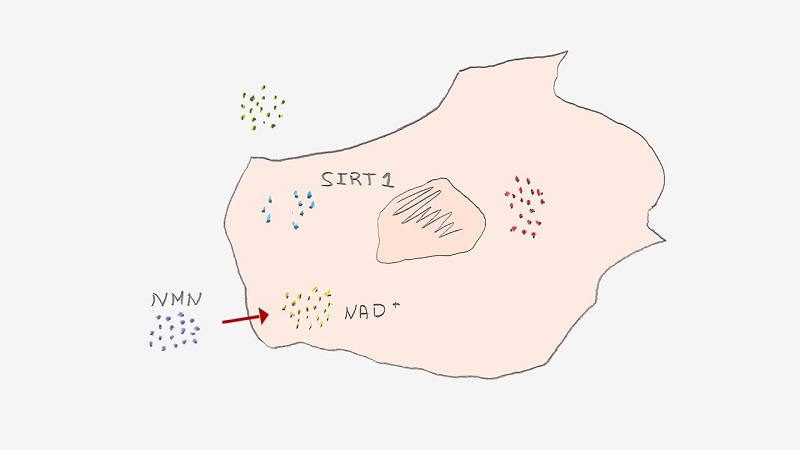
The declining levels of NAD in our bodies cause this aging process. However, using NMN to boost levels of NAD stimulates a sirtuin protein called SIRT1, as Dr. David Sinclair describes
“The two key players in the crosstalk between blood vessels and muscles are a molecule called NAD and a protein called SIRT1. NAD boosts SIRT 1, which in turn enables the conversation between muscles and blood vessels. But both NAD and SIRT1 decline as we age. They can no longer perform their role as the interface between muscles and blood vessels.”
Finally, the researcher describes how giving the compound NMN to mice boosted their levels of NAD, producing remarkable results, as Dr. David Sinclair says,
“In our new study, we gave mice NMN, a chemical compound commonly found in the body and previously shown to boost NAD levels, which in turn boosts SIRT1. These mice had better endothelial function, blood vessel growth and improved blood supply to their muscles. “
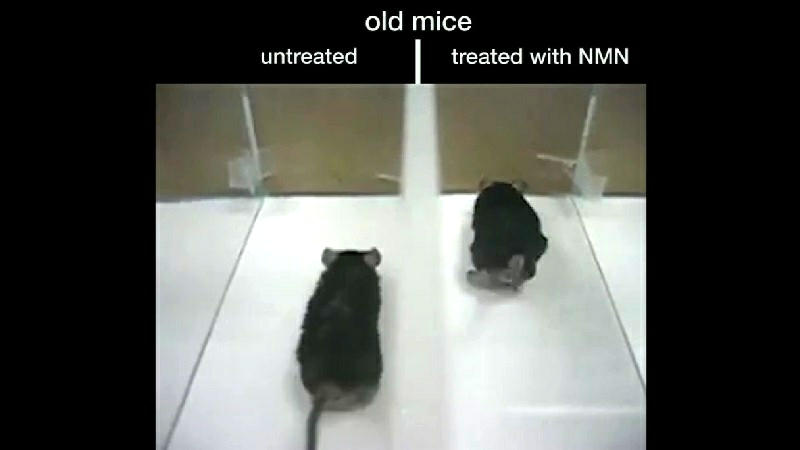
The most striking effect of was a significant boost in the mice’s ability to exercise. The aging mice treated with NMN gained between 56 and 80 percent greater exercise capacity, compared with untreated ones by being able to run much farther on a treadmill. According to Dr. Sinclair, the mice treated with NMN had improved exercise capacity due to improvements in vascular function, saying
“And what was most striking? These animals’ capacity for exercise improved dramatically. In fact, the old mice treated with NMN had up to 80 percent greater exercise capacity, compared with the untreated old mice.”
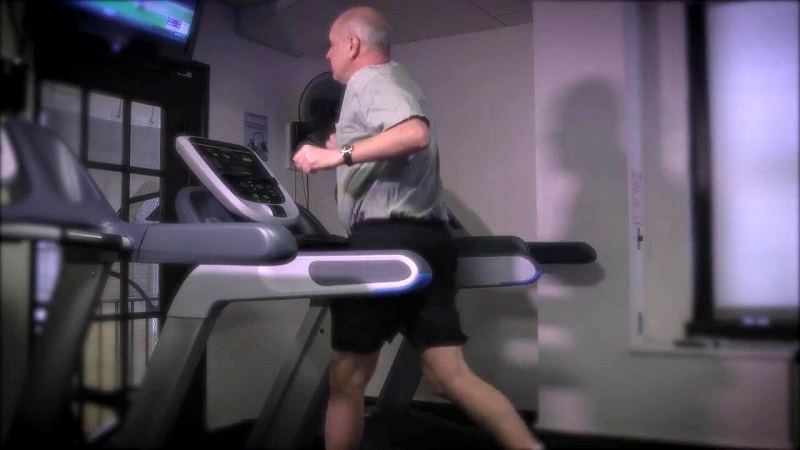
Sinclair believes that the results achieved in mice can eventually be translated to humans, helping to counter age-related diseases with a vascular component, such as frailty, heart attack, stroke or even forms of dementia such as Alzheimer’s disease. As Dr. David Sinclair says in his parting words,
“These results, I believe, can help millions of people who have lost their mobility, or simply can no longer exercise, either through frailty, disability or old age. This sets the stage for new medicines that will be able to restore blood flow in organs that have lost it, either through a heart attack, a stroke or even in patients with dementia.“
Related: Trial suggests nicotinamide riboside (NR) may help vascular health.
Like this Article?
- Help us spread the word – Click on any social media link to share this article.
- Follow us on social media – Google+ or Reddit
References
Photo Credit: All images courtesy of Dr. David Sinclair / Harvard Medical School.
Disclaimer
Diagnosis, Treatment, and Advice: This article is intended for informational and educational purposes only and is not a substitute for qualified, professional medical advice. The opinions and information stated in this article should not be used during any medical emergency or for the diagnosis or treatment of any medical condition. Consult a qualified and licensed physician for the diagnosis and treatment of any and all medical conditions. Experimental treatments to boost NAD such as NMN carry a much higher risk than FDA-approved ones. Dial 9-1-1, or an equivalent emergency hotline number, for all medical emergencies. As well, consult a licensed, qualified physician before changing your diet, supplement or exercise programs.
Photos, Endorsements, & External Links: This article is not intended to endorse organizations, companies, or their products. Links to external websites, mention or depiction of company names or brands, are intended for illustration only and do not constitute endorsements.

Very interesting paper, “Impairment of an endothelial NAD+ -H2S signaling network is a reversible cause of vascular Aging”. Unfortunately “Cell” not open access and can’t read paper. If Brady could post link to entire paper that would be excellent.
Note “H2S” signaling.
Combined NMN and supplement with sodium hydrosulfide gave best result. Best source of hydrosulfide (for endothelial dysfunction) is garlic.
So if impressed with these results, eat garlic.
alangreen225@gmail.com is correct? will send via email
Great thanks to Brady able to read paper.
This is what paper actually says:
NMN by enhancement of SIRT1 signaling enables the endothelial cells of SKELETAL MUSCLE OF LOWER LEGS (gastrocnemius muscle) to make new capillaries in response to signaling from muscle cells to increase the endurance to prolonged exercise. This is something lost in aged-mice. Furthermore, increased with hydrogen sulfide (garlic).
In young sedentary mouse watching TV all day had no effect.
Issue: Skeletal muscle, especially leg muscle. is unique in ability to increase blood flow some 20 fold from rest in response to maximum exercise. Heart also increases blood flow. Other organs don’t increase blood flow. Increase in blood flow muscle related to very extensive capillary network.
When get old and try jogging, leg muscles don’t respond like when young. So maybe old people will be able to jog, not just walk when supplement exercise program with NMN
Problem: not clear that applies to heart, brain or other organs. If it does, that is great. But this paper is about lower leg muscles in mice. The problem is not mice. I think human lower leg muscles probably act same as mouse leg muscles.
Not clear if specific for endothelial cells of voluntary muscle, especially legs. [also no effect on mitochondria shown]
Regardless of specific finding, excellent to know that NMN stimulates activity of SIRT1 and this action appears to be enhanced by hydrogen sulfide.
Very interesting article. I’m a big fan of NMN. I wish we had some notion of dosage, however.